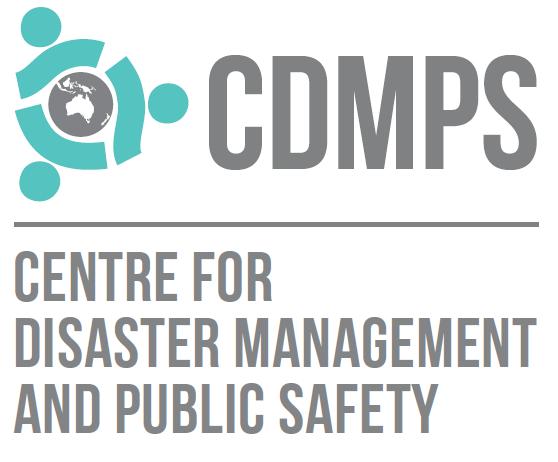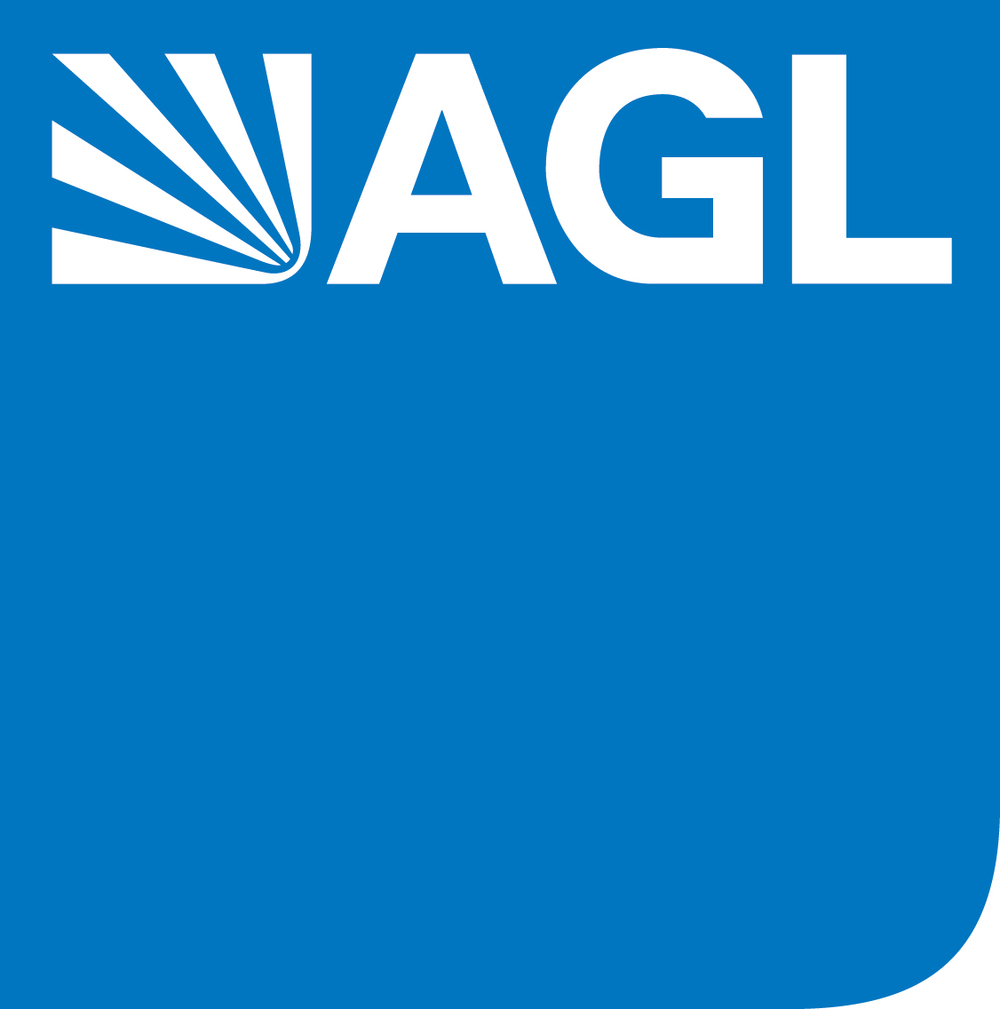Overview
One of the key challenges in disaster response is to ensure that timely information reaches government agencies and first-responders before they make critical decisions. The first few hours following a disaster are the period in which key decisions are made about decision assessment and resource allocation. Without timely information, rescuers lose significant time for important tasks such as evacuation, locating clusters of probable survivors and, more generally, the optimisation of response and recovery options.
This project has developed a proof of concept of an Intelligent Disaster Decision Support System (IDDSS) for urban disasters that integrates a smart geospatial platform with an advanced optimisation simulation engine. The smart geospatial platform performs real-time collection, management, analysis, distribution, and visualisation of information for enhanced situational awareness. The smart platform can visually display the disaster and its location accurately in real-time, hence users can more rapidly understand the disaster’s distribution and predicted trajectory. This real-time stream of critical information populates the optimisation/simulation engine which increases the cognitive abilities of decision makers when faced with an urban disaster of large magnitude and uncertainty.
The use of a decision support systems and smart platform increases the resilience of society by reducing disaster disruption costs incurred by governments, businesses and citizens.
The second phase of the IDDSS development aims to extend the functionality of the current system and extend its capabilities to support much broader urban planning topics and enable it to perform urban planning scenarios and incorporate a range of additional data.
Key Outcomes
- The IDDSS project designed and developed a platform that facilitates enhanced decision-making by emergency and disaster management stakeholders. It enables enriched scenario planning and supports the strategic, tactical and operational decisions which arise in emergency and disaster events.
- The platform facilitates real-time collection, management, analysis, distribution, and visualisation of information for enhanced situational awareness. This enables a real-time stream of critical information to enter the system and populate the optimisation/simulation engine to develop time-based scenarios to increase the cognitive abilities of decision-makers when faced with an urban disaster of large magnitude and uncertainty.
- This platform has the potential to be adopted by a range of agencies across Australian jurisdictions to assist stakeholders in accessing, sharing and utilising available information in their management of emergency and disaster events.
- The research highly recommends that emergency and disaster management agencies continue to strive towards seamless and shared information environments. Adoption of a new technology which can support interaction with the community is also a key recommendation from this research.
- Finally, involving stakeholders in emergency and disaster management ranging from scenario planning to response and recovery should be considered utilising a platform such as the IDDSS to enable comprehensive understanding and optimised solutions for the platform.
The developed system can be accessed from http://apps.csdila.ie.unimelb.edu.au/iddss
The following demonstration videos have been produced:
System introduction and key features: www.youtube.com/watch?v=2SxHNtFJ2x4
VISUM model: www.youtube.com/watch?v=VR1_NyD10d8
Events
- May 28, 2016: Integrated PTV VISUM Model for traffic analyses and forecasts in disaster context.
- Jun 10, 2016: Integrated Disconnection Model, which can quickly evaluate the disconnection/disruption of critical infrastructure or POI (point of interest) impacted by disasters.
- Jul 4, 2016: Dr Yiqun Chen presented “The Design and Practice of a Next Generation Disaster Decision Support System” in the “1st China-Australia Disaster Management International Symposium”, Nanjing, China.
- Jul 15, 2016: Dr Yiqun Chen presented Attended and presented IDDSS in “International Seminar of Committee of Infrastructure Planning and Management” hosted by Kyoto University, Japan
- Oct 28, 2016: Professor Majid Sarvi, Professor Abbas Rajabifard, Dr Yiqun Chen and Mr Saeed Bagloee presented the newly implemented VISUM model in Vicroads headquarters, as a component of ARC Linkage Project(LP140100369) : Planning and Managing Transport Systems for Extreme Events through Spatial Enablement
- Dec 20, 2016: Introduced Building Level Energy (Electricity) Consumption Model, which currently works with historical meter data for main buildings in Parkville campus, the University of Melbourne.
- March 7 2018: Collaborated with URA (Urban Redevelopment Authority, Singapore) to bring their developed QUEST (Quantitative Urban Environment Simulation Tools) to IDDSS. Current scope of this work includes integrating 3D BIM/CityGML models into the system, integrating the CUM (City-Urban Model) to IDDSS, developing a walkability tool to simulate local road network usage patterns against various urban settings and implementing a flood level impact tool to for Jurong Lake District.
- June 26 2018: Dr Yiqun Chen and Dr Soheil Sabri visited IHPC Singapore, presenting and demonstrating the latest research outcomes to our project partners in Singapore.
Reseach Team
Prof. Abbas Rajabifard, Dr. Mohsen Kalantari, Dr. Yiqun Chen, Dr. Katie Potts, Prof. Majid Sarvi, Dr. Soheil Sabri, A/Prof. Russell Thompson, Mr. Arash Kaviani Arani, Mr. Saeed Bagloee, Mr. Alireza Kashian, Dr. Sam Amirebrahimi, Mr. Farzad Alamdar
Research Partners and Collaborators
Industry Partners and Supporters: Australian Federal Government, Victorian Government Department of Justice, Victoria Police, Country Fire Authority, VicRoads, Fire Services Commissioner Victoria, Emerg, AGL, Metropolitan Fire Brigade, City of Melbourne, Melbourne Water













